The first time I heard of Canaan Valley, I thought the name should be pronounced KAY-nan like in the Bible. It is in fact pronounced kah-NAIN. Opinions differ as to why this discrepancy can be seen at the link.
This whole area of West Virginia has an anomalous climate -- much cooler than areas not that far away. The characteristic dip is readily seen in the Arbor Day Foundation's Hardiness Zone Map (2015).
When I finally found our hotel and Barbara, we carried my stuff to the room and embarked on a short before-dinner walk on one of the trails closest to the lodge. It included a short loop along the marsh and into the woods.
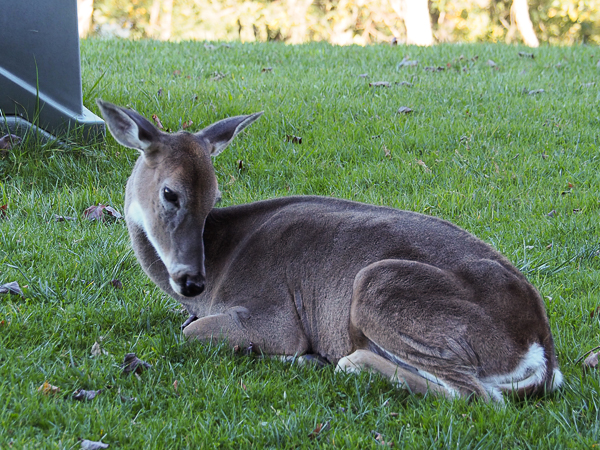
The Deer Run Trail is aptly named. We weren't 20 feet from the lodge before we encountered a small herd of deer that were unfazed by humans. This one showed no intention of getting up much lest moving away.
I have a zoom lens, so I was able to get a closeup from a safe distance despite being admonished by a woman on a nearby balcony to "just walk right up to it."
I don't walk right up to wild animals.
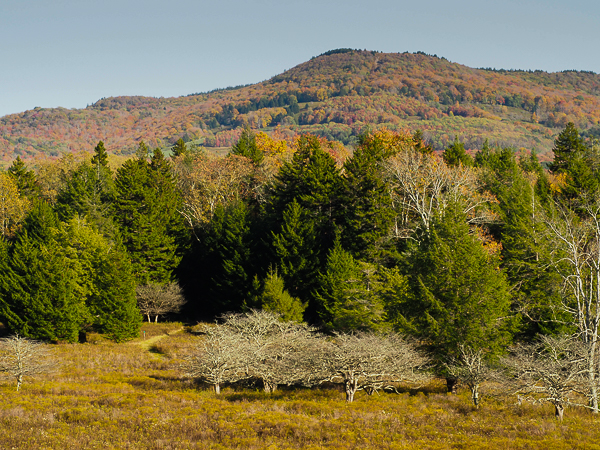
Much of the valley floor is wetlands and this is no exception. The Mill Run loop trail (visible beyond the low trees) was quite soggy in spots. I was glad I had brought extra shoes and socks.
According to the trail map, this area had once included a beaver pond. We saw no sign of beaver, but they have been repopulating some areas where they had been hunted out. They may yet return here.
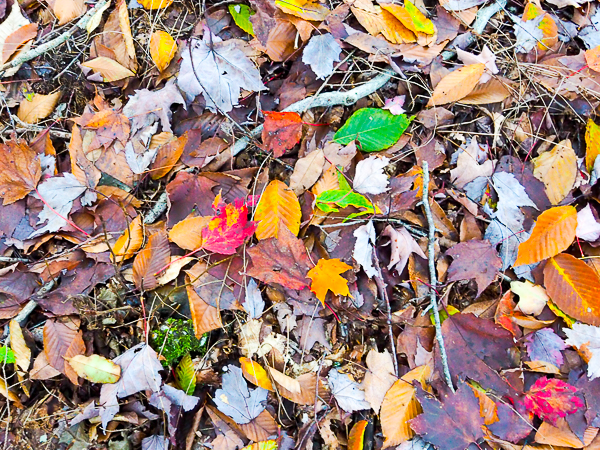
Canaan Valley and the surrounding ridges were once covered with a red spruce forest that was logged out in the early 20th century to be replaced by mixed hardwood forest.
Spruce is now recovering in protected areas.
Druing our walk today we saw leaves from maples and beeches.
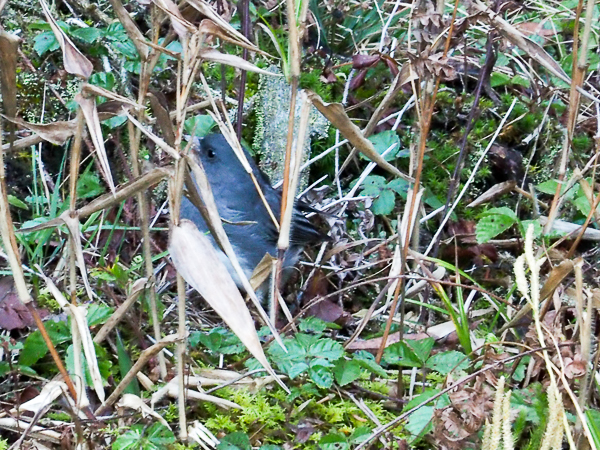
Of the many birds we heard, this is the only picture I got. At first we thought it was a nuthatch, but now that I can enlarge the picture, it appears to be a dark-eyed junco. Another, but less likely, possibility is a blue-gray gnatcatcher. It never stayed in one place long enough to get a good look at it.
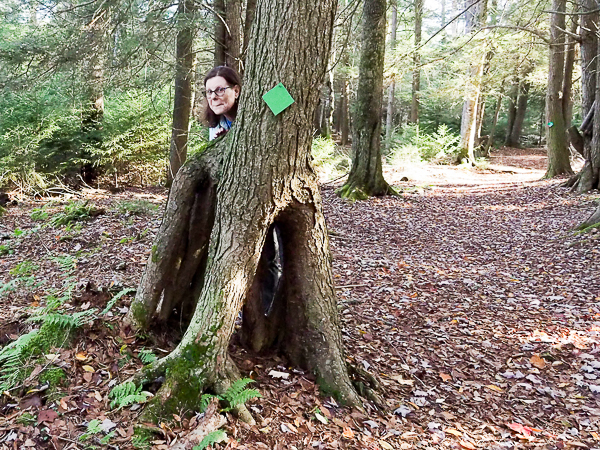
We were fascinated by several trees that looked like they were growing legs.
Some WWW pages describe such roots as "stilt" or "prop" roots. Others say those terms are used in other contexts. In any event the consensus seems to be that trees such as these start life on a nurse log or stump that eventually rots away leaving this open structure. Hemlock and birch trees have been documented doing this. This one is a hemlock. Hemlocks are in danger from the non-native wooly adelgid, which has destroyed many trees.
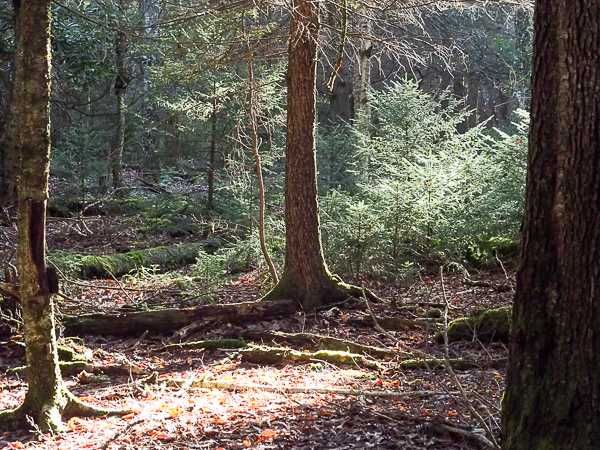
The forest is continually being renewed. Wherever light reaches the ground, young trees abound.
During our walk we collected enough ticks that showers and fresh clothes were in order before supper. We were too pooped to drive elsewhere to eat, but the restaurant at the lodge was perfectly adequate.
After dinner we carried our fiddles to an out-of-the-way nook and did some jamming. Several people were attracted by the music and stopped a while to listen and ask questions.
Click your "back" button to return to the previous page or click for our picture album.